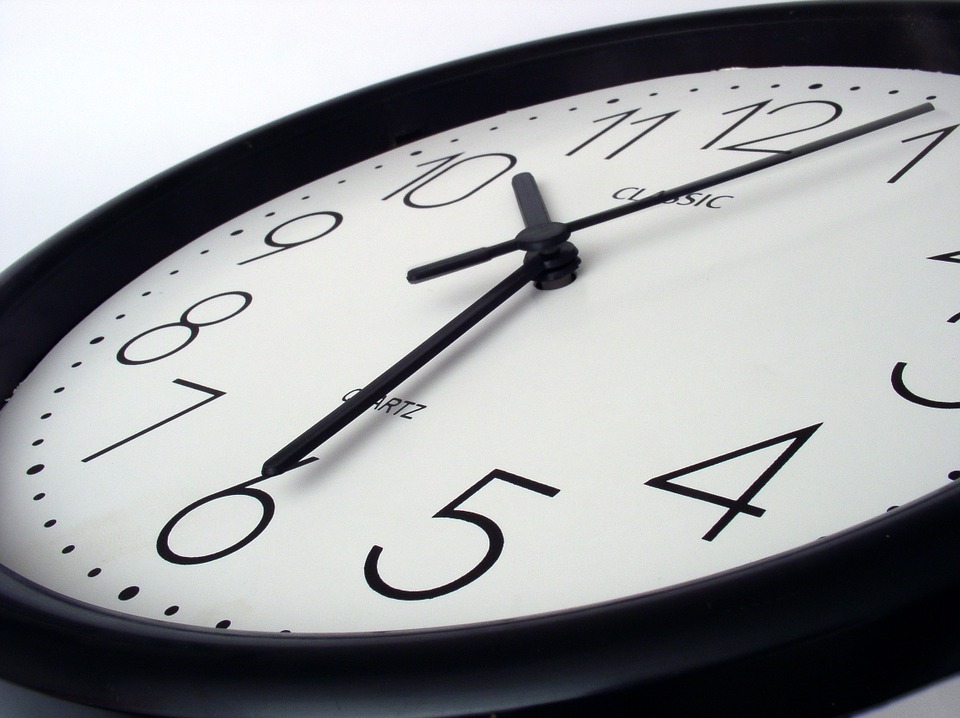
On Sunday, Nov. 5, the Daylight Saving Time (DST) will end. Several states and territories of the United States and other countries practice DST, which is the act of setting clocks one hour forward during the spring, and one hour back during the autumn.
Setting The Clock
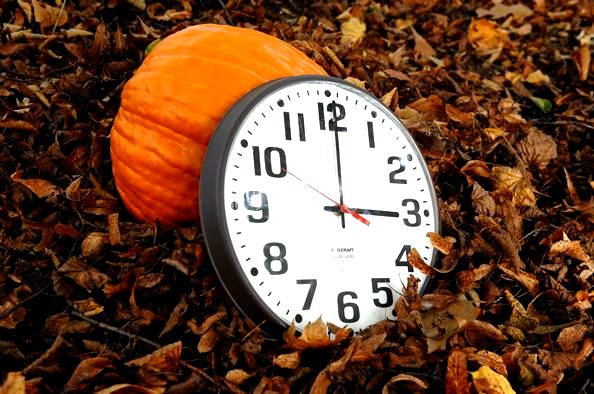
Daylight Saving Time 2017 officially ends in the US at 2 a.m. Sunday, Nov. 5. That means it’s time to set the clocks back an hour and gain an extra 60 minutes of sleep. Sunrise and sunset will be about 1 hour earlier than the day before, which means that there will be more sunlight in the morning.
It All Started With Benjamin Franklin
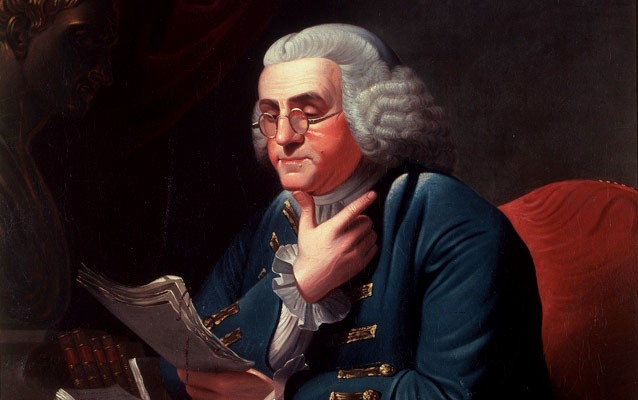
Benjamin Franklin suggested resetting clocks during the summer to conserve energy. But it wasn’t until about a century later when Germany and the rest of Europe adopted the technique during World War I, and the US followed this practice in 1918.
However, the idea gained popularity in 1907, when William Willett introduced the concept of British Summer Time, also known as Daylight Saving Time, in 1907. The idea was to prevent people from wasting valuable hours of light during summer mornings.
When Does it Start and End?
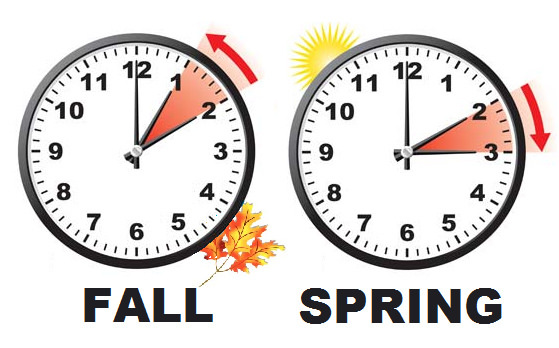
Daylight Saving Time was not observed in the United States until 1981. The current schedule was introduced on August 8, 2005, when President Bush signed the Energy Policy Act. On this day, the official end time for DST was set as the first Sunday in November.
Daylight Saving Time Transition
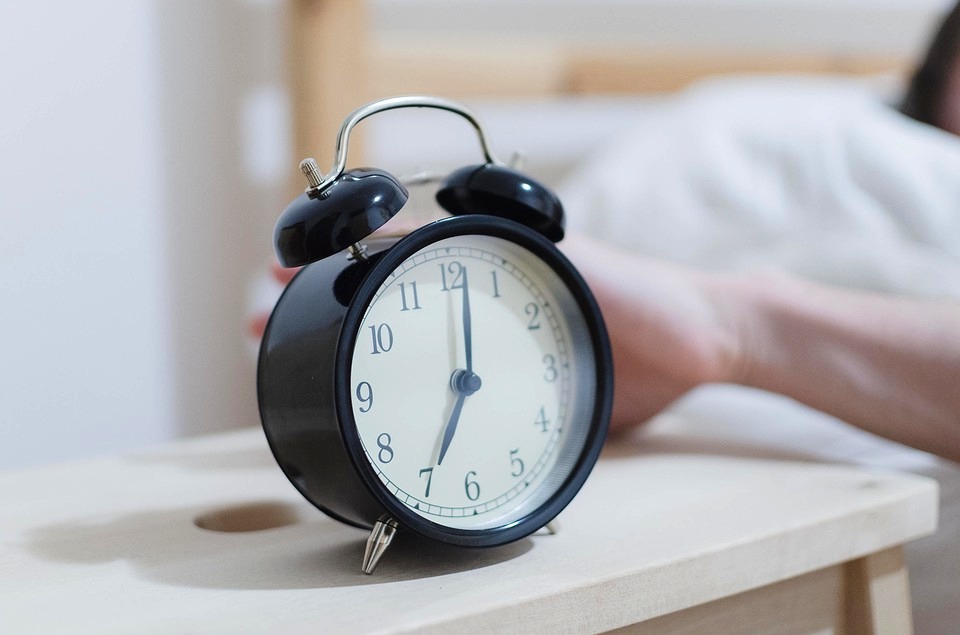
It’s important to gradually transition. It is best to go easy into the time change. Go to bed and get up 20 minutes later three days before the change. This way your body clock will already be synced to the new time when it happens. Since the clock can disrupt your circadian rhythm, minimize any other disruptions that may disturb you from getting a perfect night’s sleep. Put away mobile phones and tablets, or put them on silent to reduce sleep interruptions.
Time To Get Some Rest
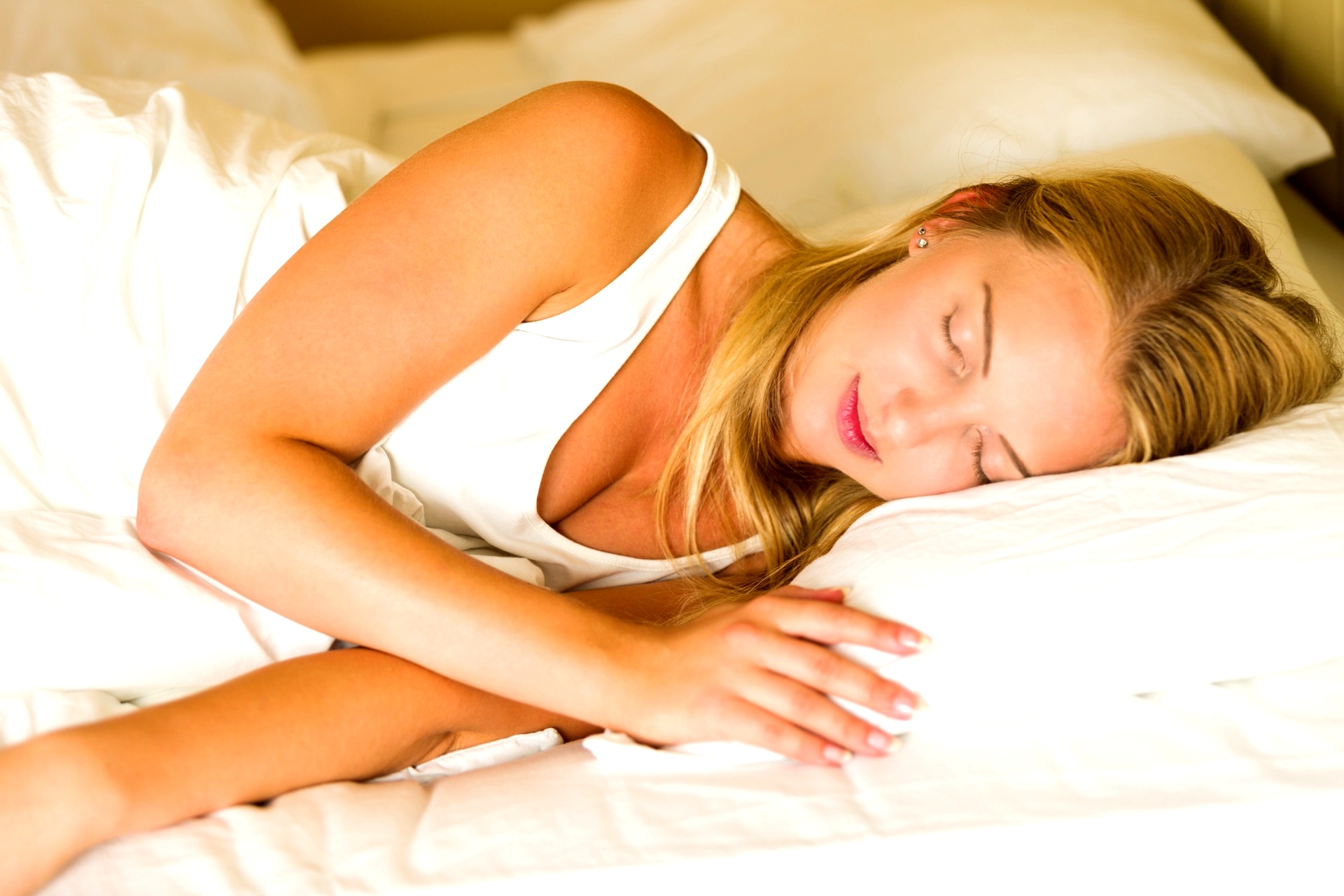
Prepare your body for sleep by relaxing before going to bed. Turn off your television, computer and phone. Dim the lights and set your thermostat to 65 degrees Fahrenheit, the best sleep-friendly temperature. Make sure your room is dark. If you live in a well-lit neighborhood, light-blocking curtains are worthwhile investments. Avoid long naps; keep daytime naps short to avoid disrupting your sleep routine.
Go Out And Get Some Sunlight

Research shows that people who are deprived of sunlight for long periods of time experience major interruptions in their sleep, temperature and hormone cycles. This can eventually lead to episodes of depression, anxiety and even cause some weight gain.

Sunlight helps control your body’s internal clock, which is why the exposure to morning sunlight helps to synchronize your internal body clock and adapt it to the new time. Get some sunlight by going for a run or a walk outside. The exercise will help you to sleep better the next night.
A Tourism Boost
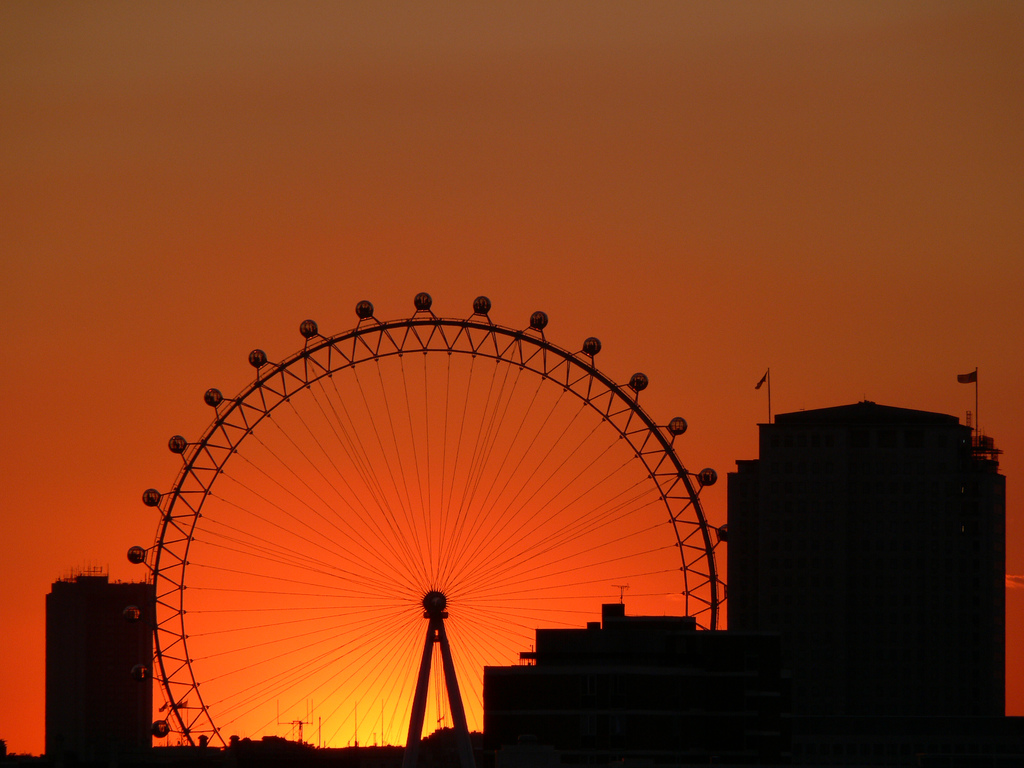
In spring and fall the extra hour of daylight in the evening has a much larger impact on people’s ability to quit work and do something recreational. Most visits to parks, attractions and other sites take place in the afternoon after other commitments such as work.
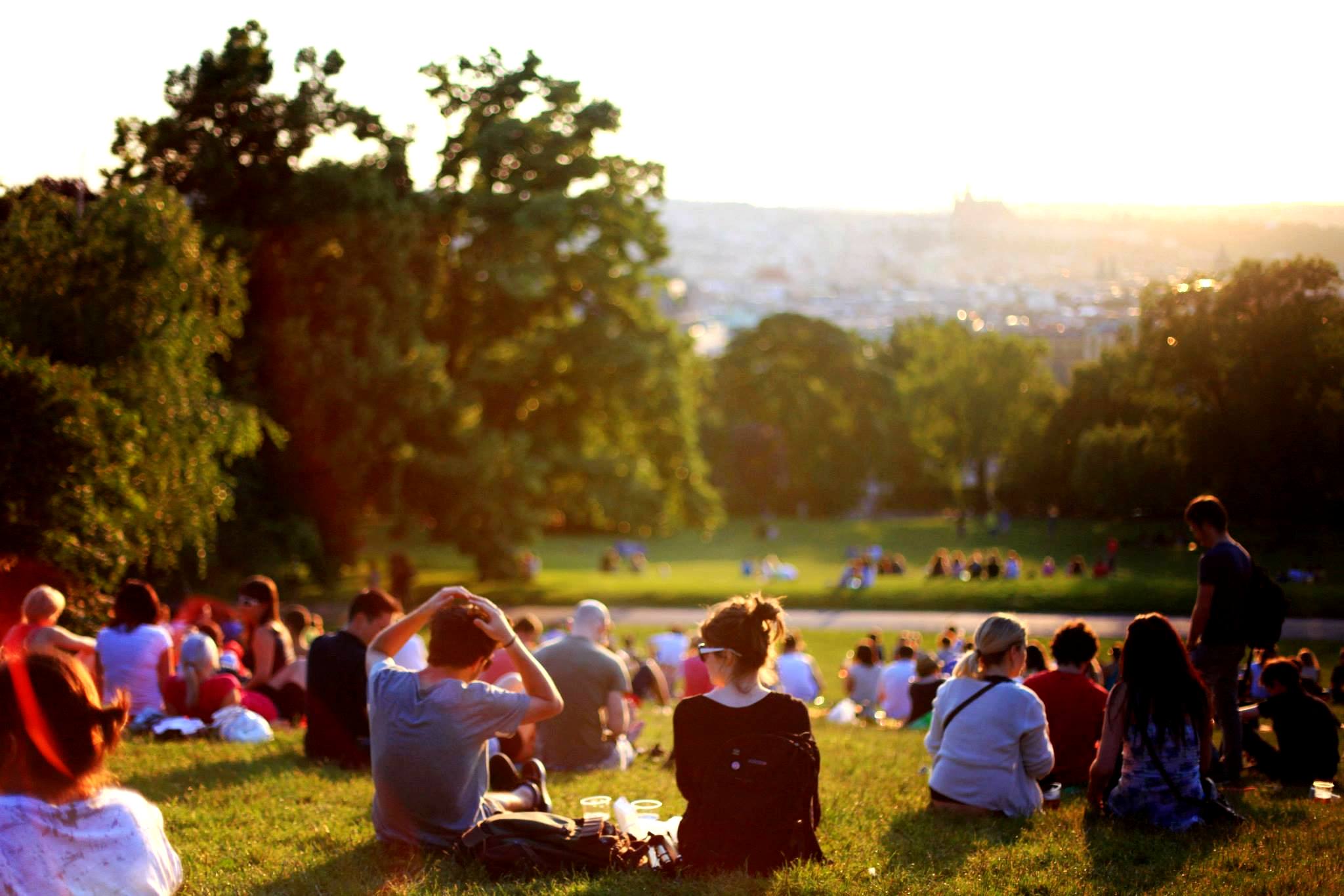
It has been estimated that there’s an increase active and outdoor activities at the expense of sedentary pursuits like watching television.
More Information

















